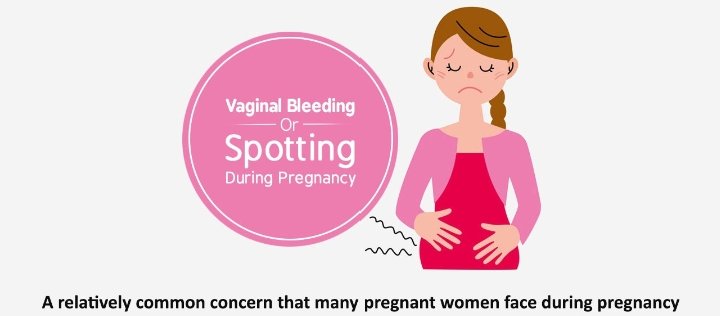- Post By - Dr . Devel Patel Hospital
- Post Date - 2025-05-28
Bleeding during pregnancy: Causes, types and when to see a doctor
Pregnancy is a beautiful yet delicate journey, filled with excitement and changes. While many symptoms are expected and normal, some—like bleeding—can be alarming. It’s important to know that not all bleeding during pregnancy is dangerous, but it should never be ignored.
Let’s explore the causes, types, and when to seek medical help if you experience bleeding during pregnancy.
Is Bleeding During Pregnancy Normal?
Light bleeding or spotting is relatively common, especially in the first trimester. It may occur when the fertilized egg implants itself into the uterine lining — a process called implantation bleeding.
However, heavier bleeding or bleeding accompanied by pain could be a sign of complications and requires medical attention.
Causes of Bleeding by Trimester
First Trimester (Weeks 1–12)
- Implantation Bleeding
- Occurs 6–12 days after conception
- Light spotting, usually pink or brown in color
- Cervical Changes
- Increased blood flow to the cervix can cause light bleeding, especially after sex or a pelvic exam
- Infections
- Vaginal or cervical infections can cause irritation and bleeding
- Serious causes:
- Miscarriage
- Heavy bleeding with cramping or tissue passing from the vagina
- Often occurs before 12 weeks
- Ectopic Pregnancy
- A pregnancy outside the uterus, usually in the fallopian tube
- Symptoms: sharp abdominal pain, dizziness, and bleeding
- Molar Pregnancy
- Abnormal tissue growth instead of a normal embryo
- Rare but serious; needs immediate treatment
Second and Third Trimester (Weeks 13–40)
- Placenta Previa
- The placenta partially or fully covers the cervix
- Typically painless bleeding in the third trimester
- Placental Abruption
- The placenta separates from the uterine wall before delivery
- Symptoms: bleeding, abdominal pain, back pain, uterine tenderness
- Preterm Labor
- Labor that begins before 37 weeks
- May include bleeding, pelvic pressure, and contractions
- Uterine Rupture (Rare)
- Tear in the uterine wall, especially in women with previous C-sections
Types of Bleeding
-
Spotting Light pink/brown discharge, no flow Usually mild
-
Light bleeding A small amount, like the start/end of a period Monitor it
- Heavy bleeding Bright red, soaking pads, with clots or cramps Serious – seek help immediately
When to See a Doctor
You should always inform your doctor if you experience any form of bleeding during pregnancy, but seek urgent care if:
- Bleeding is heavy or doesn’t stop
- You have severe abdominal or back pain
- You feel dizzy or faint
- There’s cramping with clots or tissue
- You have a history of complications or high-risk pregnancy
What to Do if You Experience Bleeding
Do:
- Stay calm and lie down
- Track how much you’re bleeding
- Note the color and consistency
- Call your OB/GYN or go to the emergency room if needed
Don’t:
- Ignore the bleeding or delay seeking advice
- Insert anything into your vagina
- Lift heavy items or exert yourself
Conclusion
While bleeding during pregnancy is not always a sign of something serious, it is never something to overlook. Prompt consultation with your healthcare provider can ensure the safety of both the mother and the baby. Always trust your instincts — if something feels off, get checked.
 24/7 Medical Service
24/7 Medical Service
 24/7 Ambulance Service
24/7 Ambulance Service
 Emergency Service -
Emergency Service - 

